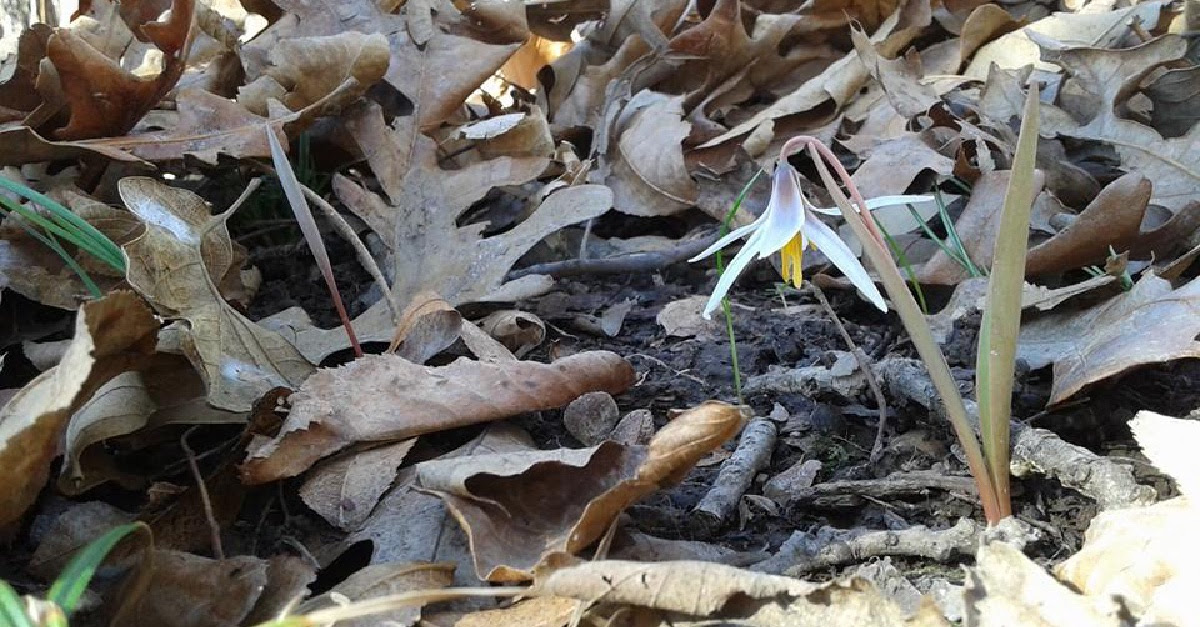
Spring is almost here! This year, consider adding native plants to beautify and benefit your edible garden. Native plants grown alongside your food can help you:
Manage Common Garden Pests
Native plants attract and sustain populations of herbaceous insects. With these come insect predators, such as beneficial wasps, flower-pollinating flies, and ladybugs. These tiny hunters will patrol your vegetable garden in search of aphids and caterpillars who threaten the harvest.Learn more about farming with native beneficial insects from the Xerces Society.
Attract a Variety of Native Pollinators
Commercial food production operations often rely on non-native European honeybees for pollination. You’ve probably heard that this important economic species is facing difficulty. Our native bees are also in serious peril. If you provide the plants that native pollinators need, they will also pollinate your adjacent vegetables. Many farmers are putting this to work on the large scale with prairie strips in agricultural fields.
Improve Your Garden’s Overall Health
Growing native plants adjacent to your food can improve soil health, water holding capacity, and provide important overwinter refuge for pollinators.
Provide Delicious Variety to the Table
Native edibles are becoming increasingly popular. Chefs, foodies, and home cooks are looking for local, healthy, flavorful foods that thrive in our climate with fewer inputs.








